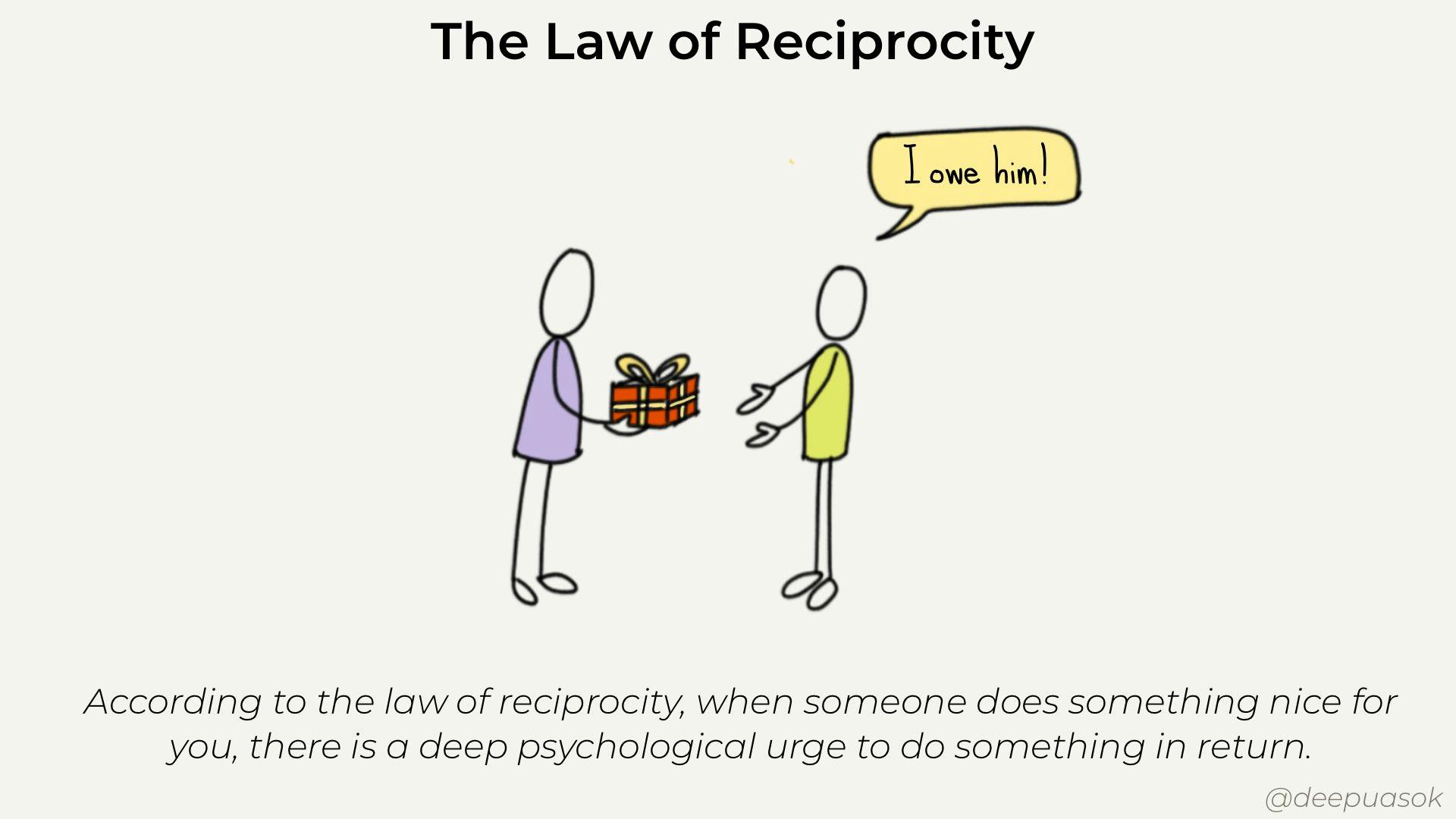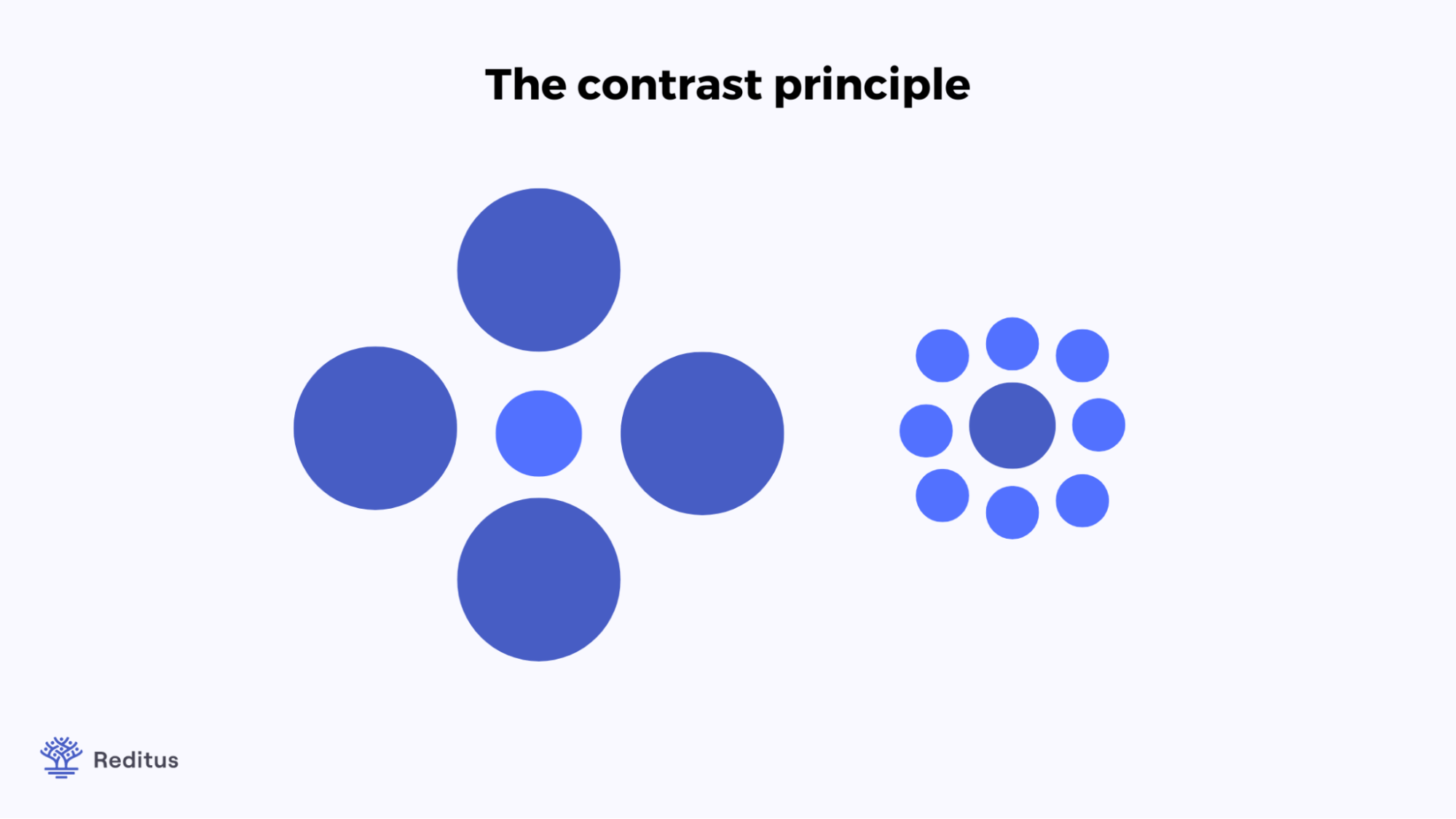6 Psychological Principles to Grow Your SaaS Company

All great marketing is rooted in psychology. Thus, to produce effective marketing campaigns, SaaS founders and marketers must study the psychological principles that lead people to buy.
Today, we’ll explore six principles based on the classic “Influence: The Psychology of Persuasion” by Robert B. Cialdini.
We’ll also explore a few practical ideas to implement those principles in your business. Hopefully, these principles will help you grow your SaaS faster and more efficiently.
Let’s dive in.
Table of contents
Principle 1: Scarcity
People tend to overvalue scarce things.
The more people want something and the less available it is, the more valuable that item will seem. Diamonds, for example, are valuable because many people want them and there aren’t many of them available.
Many companies fake scarcity for the sake of making more sales.
Even though doing so can work in the short term, it will hurt your credibility in the long run.
Instead of creating fake scarcity, you must find ways in which you can use it naturally (e.g., a limited-time offer).
Invite-only platforms are an excellent example of well-implemented scarcity.
By making your product less available, you can increase demand. Then, you can use that demand to justify your initial scarcity, making the product even more valuable.
When Facebook started, it only accepted Harvard students.
Quora was limited to influencers.
Clubhouse’s initial buzz was caused in large part due to its exclusivity.
Of course, this strategy might not be for all companies. Still, you can use other types of scarcity to drive your sales up.
For instance:
- Limited-time discounts: Offering a discount or bonus for a limited time or to people who meet certain conditions.
- Limited seats: If you’re still in beta, you can offer a limited number of people to try your product.
- Limited offers: Offering something special to a specific number of people (40% of for the first 100 buyers).
Again, these offers must be authentic.
Don’t try to trick people into buying through fake scarcity. It’ll only hurt your business and brand reputation, eventually killing your business.
Principle 2: Reciprocation
Humans feel obligated to reciprocate gifts and favors, even if they are unsolicited.
Think about the last time someone made you a favor.
How did that make you feel?
Probably obligated to make that person a favor, too.
Marketers have used this principle for decades, and it works pretty well.
The concept of “permission marketing” established by Seth Godin is built upon this principle. If you give someone free information before asking for the sale, that person will be more likely to purchase later.

In other words, you give first and ask later.
Free food samples at supermarkets are great examples of this principle in action.
Supermarket brands offer these samples not because they expect you to “try and see if you like the product.” They do it because they know that you’ll feel forced to buy once you try.
How can you implement this principle into your core strategy?
A few ideas might include:
- Free trials: Offering free trials can help you implement the reciprocity principle, as people will feel you’re making a concession.
- Free information: Helping your audience solve a painful problem for free will make them feel more obligated to reciprocate that favor in the future.
Principle 3: Contrast
The contrast principle states that “if you experience two similar things in succession, your perception of the second is influenced by the first.”

For example, you can think your car is moderately ugly.
Maybe not a "10" but not a "0" either.
But if you see it next to a Rolls Royce, your brain will force you to think that your car is incredibly ugly.
The contrast principle can be used in marketing to increase sales by making products seem more valuable.
How?
Show your products next to more expensive (or less good-looking) alternatives.
For example, when you’re at the supermarket, have you noticed how supermarkets place the most expensive products at eye level?
Or how they put together products that go well together?
By doing so, supermarkets create an artificial contrast that tricks your brain into thinking that their products are a better deal than they actually are.
Some online stores also use this technique by listing the “regular price” next to the “discounted price” (even though there never was a regular price).
The contrast principle is one of those psychological biases that can be used for good or bad.
It all depends on how you use it.
Principle 4: Social Proof
Social proof is a psychological principle that dictates that people will copy the actions of others in an attempt to undergo the same results.
In other words, we’re more likely to buy something if we see that other people are buying it.
It’s a coping mechanism that our brain uses to reduce anxiety and cognitive dissonance. If we see that other people are doing something, it means that it’s probably the right thing to do.
Marketers and entrepreneurs often use this principle to increase sales and conversion rates.
How can you use social proof?
Some ideas might include:
- Customer testimonials: Showcasing customer testimonials (preferably with pictures) can help increase your conversion rate as it acts as social proof.
- Influencer reviews: Getting an influencer in your niche to review your product can also help increase sales, as his or her followers will see the review as social proof.
- Press coverage: If you’ve been featured in any type of press coverage (e.g., newspaper article, podcast, etc.), make sure to showcase it on your website as social proof.
Principle 5: Authority
Have you ever seen one of those “As Seen On” sections on websites?
You know, the ones that say “As seen on CNN, Forbes, Time, etc.”?
That’s an example of the authority principle in action.
The authority principle dictates that people are more likely to comply with requests from people who seem to be in a position of power.
In other words, we tend to trust people who we see as authorities in their respective fields.
So, if you want people to trust you and your message, you need to position yourself as an authority figure.
How can you do so?
A few ideas might include:
- Credentials: If you have any type of credentials or certification, make sure to list them on your website.
- Media coverage: If you’ve been featured in any type of press coverage (e.g., newspaper article, podcast, etc.), make sure to showcase it on your website.
- Testimonials: Showcasing testimonials from people seen as authorities in your industry can help increase your perceived authority.

Principle 6: Commitment and Consistency
Humans like to think of themselves as logical, rational beings. But the truth is that we’re anything but.
In reality, we’re creatures of habit driven by our emotions.
And one of the emotions that drive us is the need to be consistent with our past actions.
The commitment and consistency principle dictates that once we commit, we’re more likely to act in ways that are consistent with that commitment.
In other words, we’re much more likely to follow through with something if we’ve already made a verbal or written commitment.
Marketers and entrepreneurs often use this principle to increase sales and conversion rates.
How can you use the commitment and consistency principle?
Some ideas might include:
- Free trials: Offering a free trial is a great way to get people to commit to using your product or service. Once they’ve made that commitment, they’re much more likely to continue using it (and paying for it) after the trial period is over.
- Money-back guarantees: Offering a money-back guarantee is another great way to increase sales as it helps remove the risk associated with buying your product or service.
- Micro-commitments: Asking people to make small commitments (e.g., providing their email address, taking a quiz, etc.) can also be effective as it increases the likelihood that they’ll make larger commitments (e.g., buying your product or service) down the road.
Conclusion
These are just a few of the psychological principles that you can use to increase sales and conversion rates.
While there are many other principles out there, these six should give you a good starting point.
So, what are you waiting for? Start applying these principles to your business today and see how they can help you increase sales.

